It’s easy to miss. Once tossed, lost or forgotten, found and repurposed, a small plastic mouse with big round ears and a red jumpsuit with oversized white buttons stands on top of a pillow made of discolored fabric stands inside a plexiglass case in Abilene’s Grace Museum.
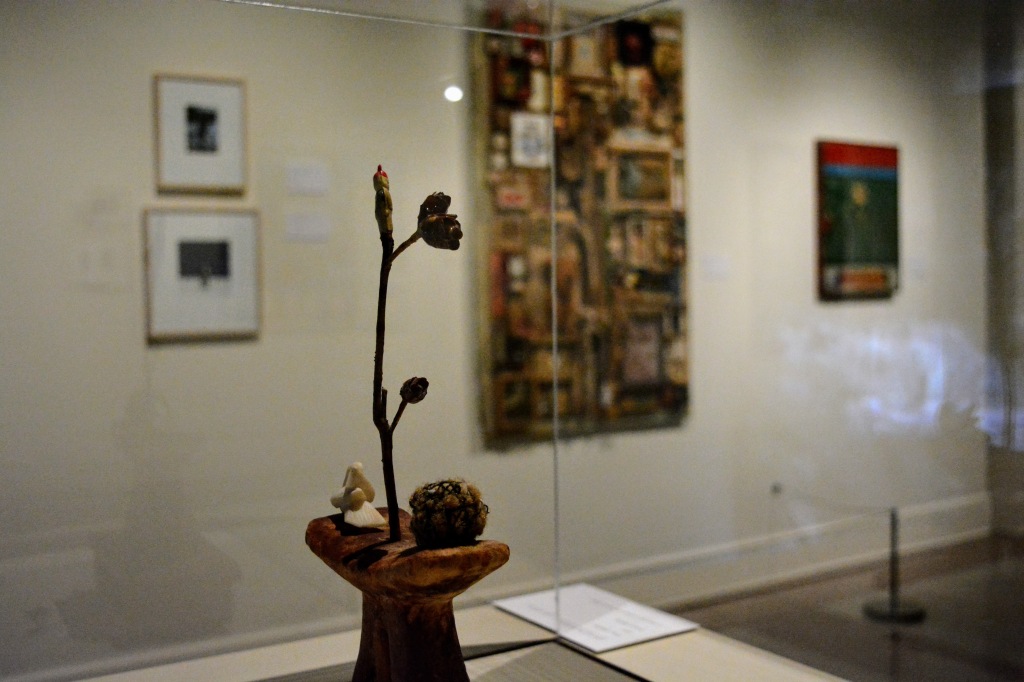
This West Texas town is several hours from where David McManaway gave up his paint and began to arrange found pieces like this recognizable keepsake. We came here unsure of whether the clusters of random objects he crafted into sizeable works of art will become permanent fixtures in our story of art.
Once on a shelf in McManaway’s studio awaiting a second wind, the mouse has been repurposed. It is assured as a smiling character at a 19th-century side-show, raising his arm and throwing back his right hand to invite us to gaze at the works assembled a decade after the artist’s passing for this impressive exhibit.
Born in 1927 and dying in 2010, quite a few artists who have been around Dallas for a while know the work of McManaway. Recognizing him as important, several have mentioned he hasn’t gotten his due. Outside of those of the artist’s own time, it’s doubtful many from a younger generation of working artists or those who sip boxed wine and chat with friends at the city’s gallery openings today know of McManaway or recognize his work.
We certainly hadn’t heard of David McManaway before moving to the city and we only arrived in Dallas in that final year. We did have the opportunity later to tour his studio and see what remained of the collected fragments and discarded objects, still sadly waiting, but never to be used in his assemblage art.
A contemporary of McManaway, Dallas Morning News art critic Janet Kutner once told us he had rented a garage in the back of her home on Sale Street in Oak Lawn. The area was a center of the scene at the time, for the city and also likely for Texas. Aside from being a hip neighborhood I’m told would rival anything in Austin today, it was the home of the Dallas Museum for the Contemporary Arts, created out of frustration with the conservative approach taken by the main museum in town then, The Dallas Museum of the Fine Arts.
Janet’s house and McManaway’s rented garage studio may have been near, or even on the site of the first condo we lived in when arriving. Yet we were not aware of the old vibe of the neighborhood or the work of the artists, happenings or minor cultural earthquakes that promised to propel the stodgy art scene here forward.
McManaway’s work was recognized at the time and in his lifetime. He was included in many shows including one in 1961 at that adventurous, forward-pushing, connected museum. In addition, McManaway’s assemblages were included in Houston and San Antonio shows, as well as at the Whitney in New York.
Maybe some of the frustrations over the possibility of being forgotten are wearing thin as there does seem to be a recent revival of interest in McManaway’s work. Along with the Grace show, a major piece was included in last year’s The Art of Texas: 250 Years at The Witte Museum in San Antonio.
The current post-mortem career-defining exhibit in Abilene includes dozens of assemblage works, plus paintings created sometime shortly after McManaway’s move from Chicago to Dallas in 1959.
McManaway’s Studio
While there had been some talk of efforts to preserve McManaway’s jaw-dropping collection of cultural fragments after his passing, we had visited just prior to an estate sale, and at a point where some of it may already have been disturbed from the way he left it. Preserving such an array of things would have been a monumental achievement for a widely-recognized artist and so seemed unlikely to be realized for one battling obscurity.
And while seeing the array of toys, posters, ephemera, trinkets and mementos was engrossing, when looking at one of McManaway’s works, the whole is so much more than the sum of the parts. The studio and its contents are part of McManaway’s story, but perhaps not a necessary part of a museum exhibition and something that may distract from the artwork. In the long-term, the reputation of the artist will live on through the works he created, not the random items he left behind. Like leftover paint, better they be released from their captivity and allowed to continue their journey to trash, treasure or even assemblage components in other artist’s works.
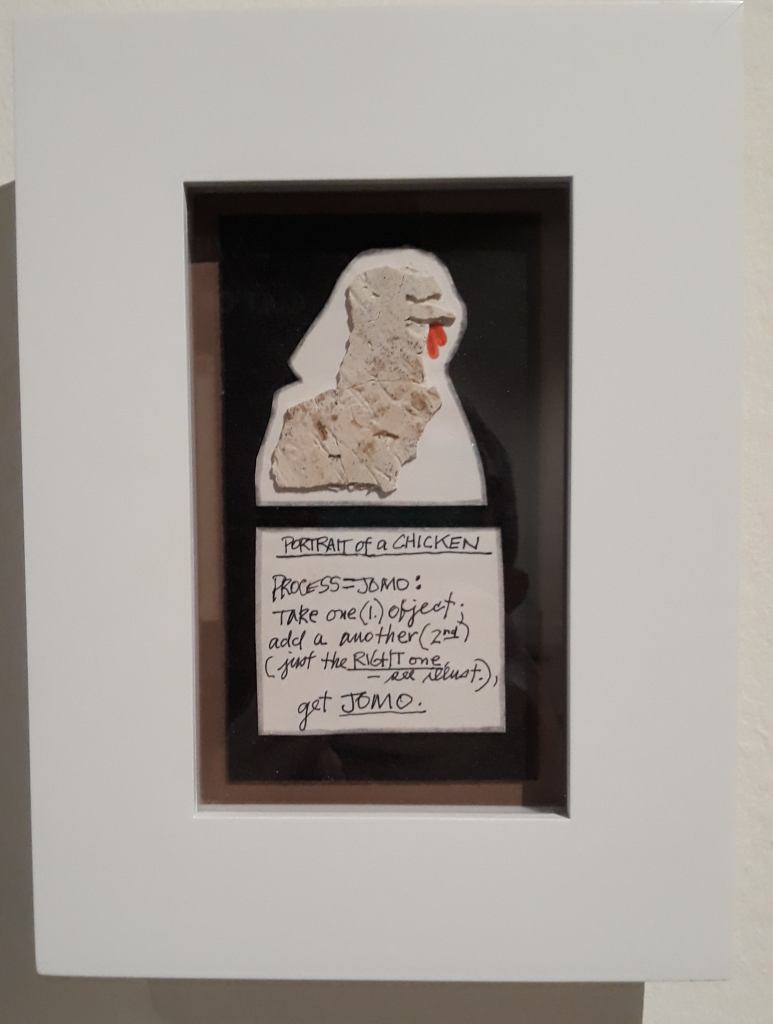
McManaway in Context
Today many of us take JOMO to mean Joy Of Missing Out and describes the pleasure of disengaging. In McManaway’s context, a Jomo was a good luck keepsake or an item that gains importance because of a human association.
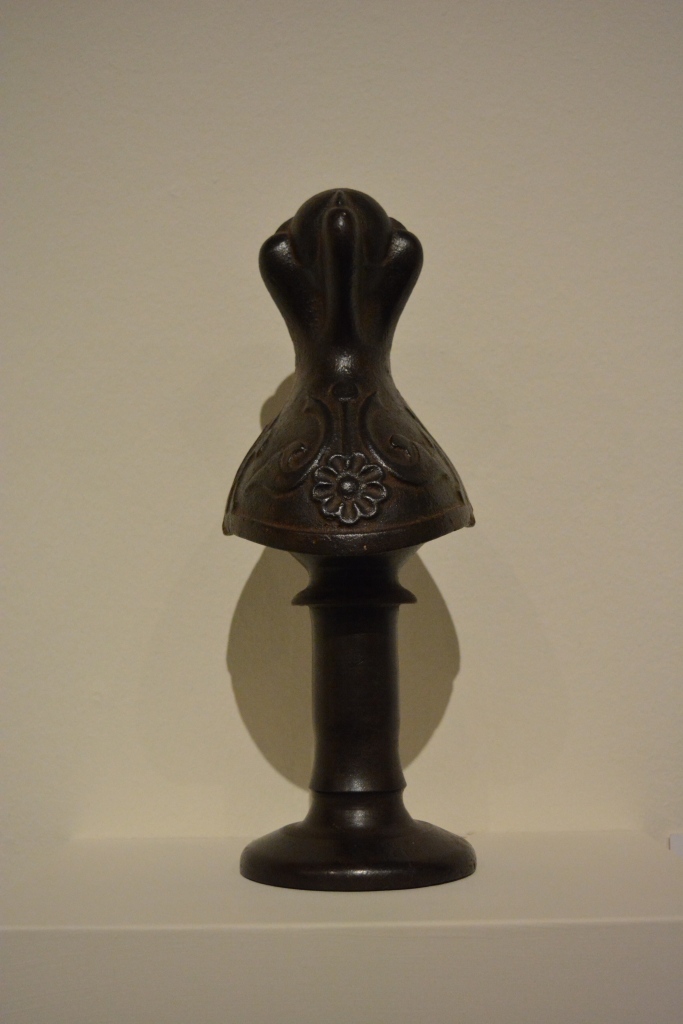
A companion show on the upper floor of the Grace gives us a better sense of what was going on in Texas at the time, puts McManaway into context with his contemporaries and is filled with objects that have taken on new meaning, chief among them a claw bathtub foot turned upside down and placed on a pedestal by Charles Williams and named George Washington.
Looking through this exhibit, you can see the artists were looking at each other’s works and influencing the artworks. Standing here, it now made more sense that McManaway’s once studio assistant Robin Ragin would create works that are not so easy to distinguish from something her artist-employer might have made.
In our decade or so in Dallas, we’ve been trying to look back and outline the art scene that had a hold on the city during these important years to the story of American art. Looking at the works, I came away with the notion that maybe as a place, Dallas itself didn’t have a strong enough pull to have a specific, identifiable thing going on – that, belonged to Texas.
Whatever happens to McManaway’s reputation in the long term, as with his assemblages and the Jomo from the other artists, there’s an important part of our American art story to tell here. Perhaps it hasn’t been completely written yet, but the value of the sum is beginning to emerge.
Discover more from Urban Art & Antiques
Subscribe to get the latest posts sent to your email.

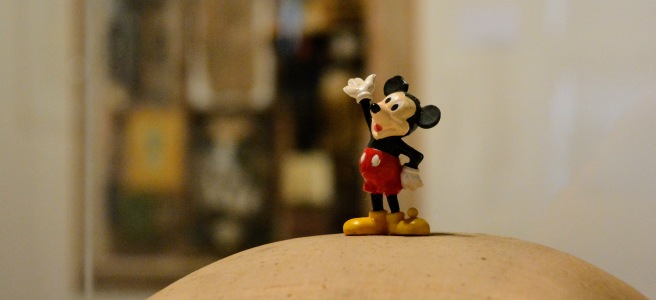
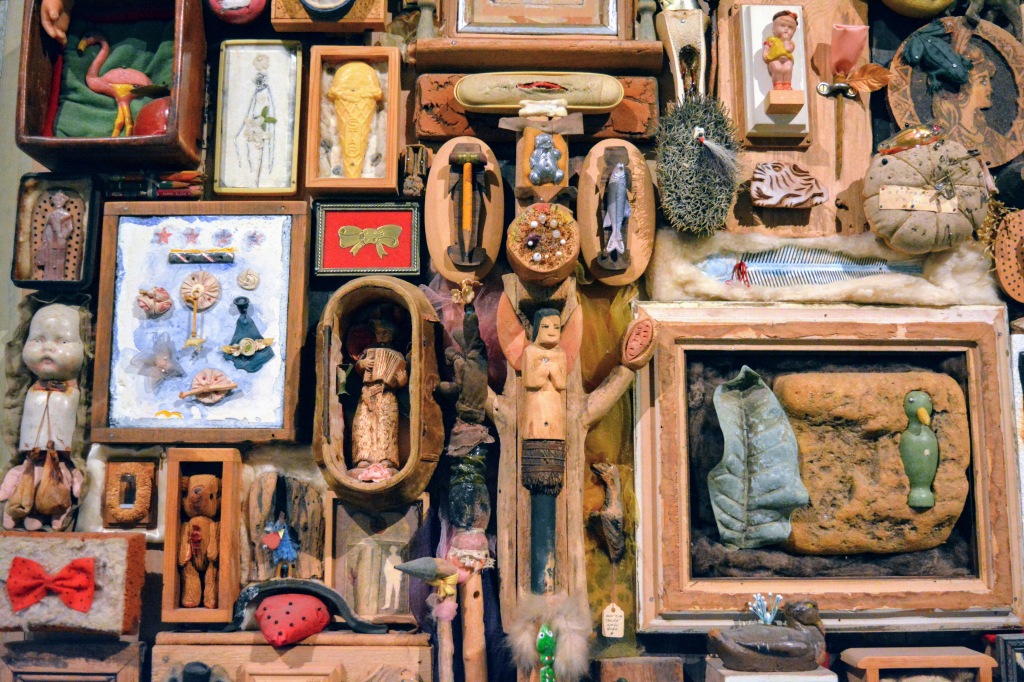

Awesome article I did not know the acronym JOMO meant the joy of missing out- lots of that going on while quarantining!
LikeLike